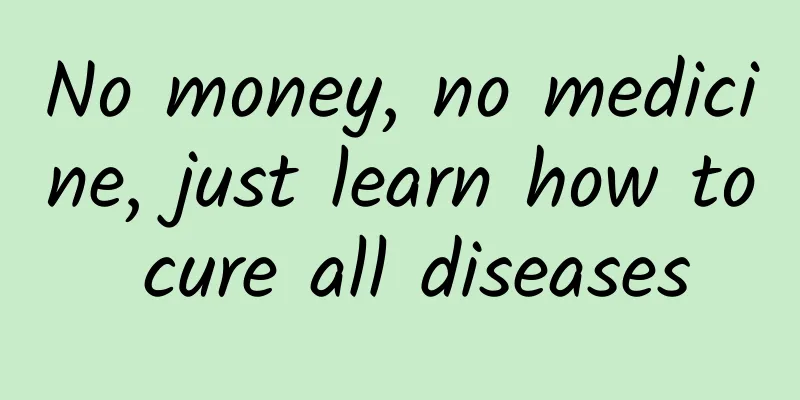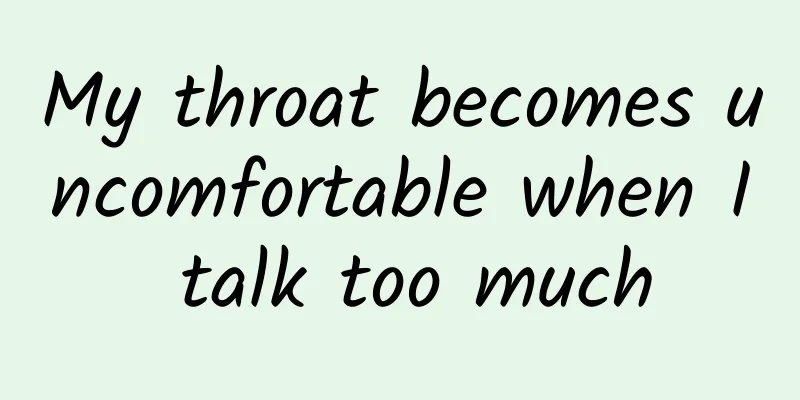What to do if your face turns red after being burned

|
When cooking, you may get scalded by the hot oil splashing out of the pan if you are not careful. The treatment of burns is the most important problem. Only timely treatment can lead to faster recovery. Many people will be at a loss after being burned and don’t know how to deal with it correctly, especially on our face. Burns may cause very serious consequences. So how to deal with burns on the face? What should I do if my face turns red after being burned? 1. The degree of burns 1. First-degree burns: First-degree burns actually only damage the surface of the skin. There will be mild redness and swelling in the local area, and no blisters will appear. However, the pain is still quite obvious. At this time, the patient must take off clothes in time, soak the affected area in cold water for half an hour, and then wipe the affected area with sesame oil or vegetable oil. 2. Second degree burns: Second degree burns can damage the dermis, cause local redness and swelling, and blisters of varying sizes. Large blisters can be punctured with a sterilized needle to drain the water. Apply the burn ointment evenly before bandaging, and make sure the tightness is moderate. 3. Third degree burns: Third degree burns are more serious than the above two types. The patient's subcutaneous tissue, fat, muscles, and bones will be damaged and will appear reddish-brown. At this time, the patient must go to the hospital to treat the burns in time. Do not apply any gentian violet or ointment on the wound privately to avoid affecting the treatment of the disease. 4. Fourth degree burns: Fourth degree burns are very serious. Patients with this type of burns will experience shock and respiratory arrest after being burned. Artificial respiration or external cardiac massage must be performed on the patient in a timely manner. 2. What to do after a burn 1. After a burn occurs on your face, do not move your hands or rub it to prevent infection in the burned area. We need to choose different treatment methods according to the size and severity of the burn area. If the burn causes redness, swelling and blisters, and the blisters are too large, you can take a sharp needle and burn it over fire. Then wait until the needle cools down, puncture the bottom of the blister to release the water inside, then apply a layer of detoxifying burn ointment and bandage it with gauze. 2. If a small area of burn occurs on the face, you need to apply Jingwanhong plaster immediately. This plaster not only relieves pain but also prevents blisters. Because after a burn, some blisters will appear on the skin. If you apply this medicine, not only will the blisters disappear, but they will also be less likely to become infected. For small second-degree burns, they can be healed with just one application. If the burns on the face are severe, scars may form in the future. In this case, you can wait until the scar heals and then apply some vitamin E capsules, puncture it with a needle, take the liquid inside and gently massage the scar for about 6 minutes, and do this twice a day. |
<<: The glans becomes hard and red
Recommend
How to treat the sequelae of rib fracture
The sequelae of rib fractures mainly refer to som...
What medicine should I take if I have liver toxins?
The liver is the reading organ in our body, and b...
Is it better to take Chinese medicine before or after meals?
When is the best time to take Chinese medicine? I...
What to do with ulcers on the soles of your feet? Here are some tips for treating them
For the phenomenon of sole ulcers, we can allevia...
What is a closed needle?
Blockade injection is also a common treatment met...
Causes of skin allergies after surgery
Surgery may not be unfamiliar to many people. Whe...
Crazy psychopath
There are more and more mentally ill patients in ...
How to effectively regulate your depressed mood?
When people feel uncomfortable, their bodies will...
Early symptoms of AIDS in men
AIDS is a very scary disease. There is no good tr...
Causes of tachycardia
There are many reasons that can cause tachycardia...
Icteric hepatitis
During the infant stage of babies, there are many...
What nutrients does taro have? What are the benefits of eating taro?
Taro is a food ingredient recognized as having hi...
How to treat oral herpes? It can be treated from both local and systemic aspects
Different parts of the body have different treatm...
I can't poop when I go to the toilet
Some of us are troubled by a problem for a long t...
Children who grew up in rural areas basically have this disease
Ascariasis is a common disease caused by Ascaris ...









